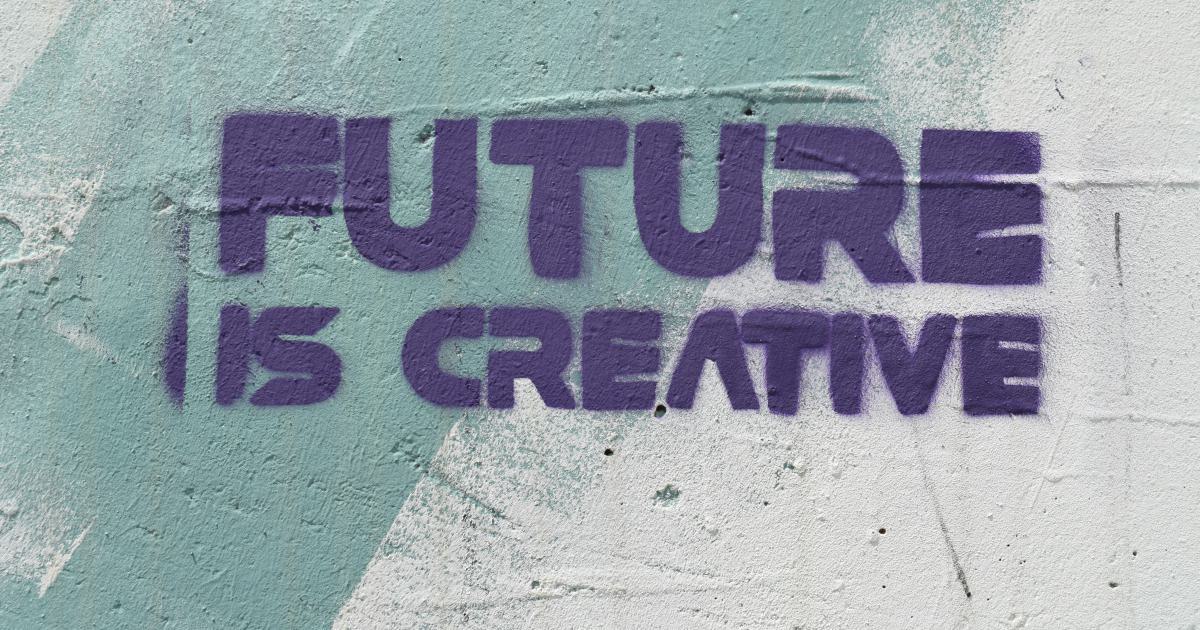The 30-Minute Content Creation Workflow That Saves Time


Opening Hook
Imagine this scenario: You've just sat down at your desk, coffee in hand, ready to tackle the day's content creation tasks. You glance at your to-do list and feel the familiar pang of overwhelm - a half-dozen blog posts, several social media updates, and a new lead magnet to create, all due by the end of the week. Where do you even begin?
If this sounds all too familiar, you're not alone. Content creators, marketers, and entrepreneurs are constantly challenged to produce high-quality material at a rapid pace. The pressure to keep up with the insatiable demand for fresh, engaging content can quickly lead to burnout.
But what if I told you there's a streamlined, 30-minute workflow that can revolutionize your content creation process and save you countless hours? Skeptical? Let me show you how.
The Content Creation Workflow

The key to efficient, time-saving content creation lies in a well-structured, repeatable workflow. By breaking down the process into manageable steps and automating certain tasks, you can boost your productivity and maintain your creative edge. Let's dive into the 30-minute content creation workflow:
Step 1: Ideation (5 minutes)
The foundation of any great content piece is a compelling, relevant idea. Start by reflecting on your audience's pain points, questions, and interests. What kind of information would they find genuinely helpful and engaging?

Jot down a list of potential topics, keeping an eye out for any themes or patterns that emerge. Don't worry about perfection at this stage - the goal is to generate a pool of ideas to draw from.
"The first step in crafting the life you want is to get clear on who you are, what you value, and what you want to create." - Daring Greatly by Brené Brown
Step 2: Outline (10 minutes)
With your idea list in hand, it's time to select a topic and begin structuring your content. Open a new document and create a rough outline, including the following elements:
- Working Title: A catchy, SEO-friendly title that captures the essence of your piece.
- Introduction: A compelling opening that hooks the reader and sets the stage for the rest of the article.
- Key Points: The main sections or "stops" along your narrative journey, each with a clear focus and purpose.
- Conclusion: A powerful ending that ties everything together and leaves the reader with a memorable takeaway.

The outline serves as a roadmap, guiding you through the writing process and ensuring your content remains structured and coherent.
Step 3: Research (5 minutes)
With your outline in place, it's time to dive into research mode. Gather relevant facts, statistics, expert quotes, and any other supporting material that will strengthen your content. Be sure to take note of your sources, as you'll need to properly attribute them later.

Remember, the goal is not to overwhelm the reader with endless data, but to strategically weave in authoritative information that enhances your message.
Step 4: Write (10 minutes)
Now for the fun part - it's time to start writing! Refer back to your outline and begin fleshing out each section, using your research to support your key points. Aim for a conversational, engaging tone that speaks directly to your reader.

Don't get bogged down trying to perfect every sentence at this stage - focus on getting your ideas down on the page. You can always refine and polish the content during the editing phase.
Step 5: Edit (5 minutes)
Once you've completed the first draft, take a few minutes to review and refine your work. Look for opportunities to tighten your writing, improve flow, and ensure your message is clear and compelling.

Pay special attention to the introduction and conclusion, as these are the sections that will have the biggest impact on your reader.
And there you have it - a 30-minute content creation workflow that can save you time and energy. By breaking the process into manageable steps and automating certain tasks, you can boost your productivity, maintain your creative focus, and deliver high-quality content consistently.
Mastering the Workflow
Of course, like any new habit, it takes time and practice to fully integrate this workflow into your daily routine. Here are a few tips to help you get the most out of this system:
Batch Your Tasks
Rather than tackling content creation sporadically throughout the day, try to block off dedicated time slots to work through the entire workflow. This not only helps you stay focused, but also allows you to leverage the momentum you build from one step to the next.

Leverage Templates and Checklists
Create customizable templates for your outline, research, and editing phases. This will help streamline the process and ensure you don't forget any crucial steps.

Automate Where Possible
Look for opportunities to automate repetitive tasks, such as sourcing stock images, formatting social media posts, or scheduling content distribution. Tools like Canva, Hootsuite, and Grammarly can be lifesavers in this regard.

Embrace Iteration
Remember, the first draft is rarely your best work. Adopt a growth mindset and view each piece of content as an opportunity to learn and improve. Don't be afraid to experiment, gather feedback, and refine your process over time.

Maintain a Content Calendar
Developing a comprehensive content calendar can help you plan ahead, avoid last-minute rushes, and ensure a steady flow of new material. Block out time for ideation, creation, and distribution, and use the calendar to stay on track.

The Benefits of Streamlined Content Creation
By implementing this 30-minute workflow, you'll start to experience a range of benefits that will not only improve your productivity, but also the quality of your content:
Increased Efficiency: By breaking down the content creation process into manageable steps, you'll be able to work through each task more quickly and with greater focus.
Improved Time Management: With a structured workflow and built-in time constraints, you'll minimize distractions and stay on track, freeing up more time for other important tasks.
Enhanced Creativity: Rather than feeling rushed or overwhelmed, you'll be able to approach each piece of content with a clear, creative mindset, resulting in more engaging and impactful material.
Consistency in Output: A streamlined workflow ensures you can maintain a steady cadence of new content, keeping your audience engaged and your brand top-of-mind.
Reduced Stress and Burnout: By taking control of your content creation process, you'll experience less anxiety and a greater sense of accomplishment, helping you avoid the dreaded burnout that so often plagues creators.

Remember, the key to unlocking these benefits lies in your willingness to experiment, learn, and continuously refine your content creation process. Embrace the journey, and watch as your productivity, creativity, and overall well-being start to soar.
Conclusion: The Power of a Streamlined Workflow
In today's fast-paced digital landscape, the ability to create high-quality content quickly and efficiently is more crucial than ever. By implementing a structured, 30-minute content creation workflow, you can not only save time and energy, but also unlock new levels of creativity, consistency, and success.

So, what are you waiting for? Grab your coffee, clear your schedule, and get ready to transform the way you approach content creation. Your audience (and your sanity) will thank you.